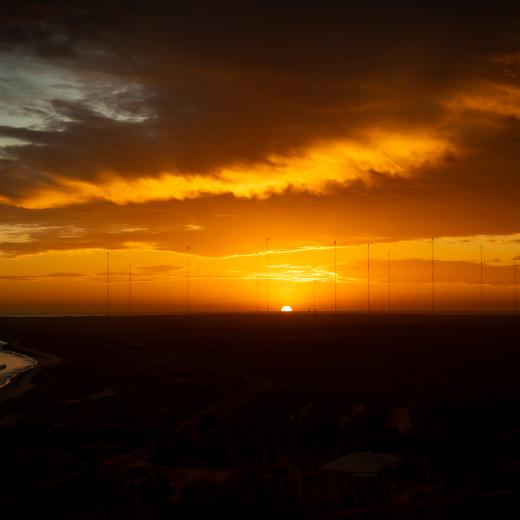BLUF
When land is in short supply and/or temperatures are extreme, building underground can sometimes help; but experts warn that planning solutions need to be sustainable.Summary
Helsinki is widely regarded by building experts as the world leader in building underground. Underground urban developments are becoming more important in cities worldwide due to the shortage of urban above ground space. Finland's capital may not be under as much pressure in terms of population density as other global cities, but Helsinki is growing—and planners have decided to grow down, not up or out. It is worth noting that Helsinki is one of the world's coldest cities in the world, which makes building underground even more attractive. Key points:
-
In 2016, Helsinki became the first city anywhere in the world to publish a specific Underground City Plan.
-
The plan laid out proposals for shops, office space and recreational facilities, transport, parking, water and energy supply, and waste management.
-
One benefit of living underground is escaping extreme temperatures above the surface—either hot or cold.
-
Coober Pedy in South Australia is a good example of where dwellings were built underground to escape the heat.
-
There are currently some initiatives in Western Sydney regarding underground developments due to high temperatures during summer.
-
We should not expect whole subterranean cities, complete with housing, schools, offices and shops, to be a reality any time soon.
-
Instead, specific facilities are likely to be identified as much more suitable for underground developments.
From the University of NSW, geotechnical engineering expert Dr Asal Bidarmaghz says underground urban developments are badly needed. However, he also says that careful planning is vital for long-term success: 'We need to try to not make the same mistakes we've done above ground and just overuse the space without thinking of the effects.'
References
Recent Runway Posts related to this topic:
- This Is How Singapore Keeps Its Cool as the City Heats Up | The Runway (airforce.gov.au)
- Australia-Indonesia and Climate Change. | The Runway (airforce.gov.au)
- THE GREAT CLIMATE MIGRATION The Big Thaw: How Russia Could Dominate a Warming World | The Runway (airforce.gov.au)
References from the Web:
- Apr 2015 Will we ever live in underground homes?—BBC
- Jun 2020 Systems approaches to urban underground space planning and management – A review—ScienceDirect
- Oct 2021 The case for building cities underground—Fast Company
Source Information: University of NSW (UNSW)
- Article Source: University of NSW (UNSW)
- Media Check: UNSW Newsroom homepage (no Media Bias fact-check available)
- Learning Outcomes: RUNWAY Topics, Learning Outcomes | The Runway (airforce.gov.au)





